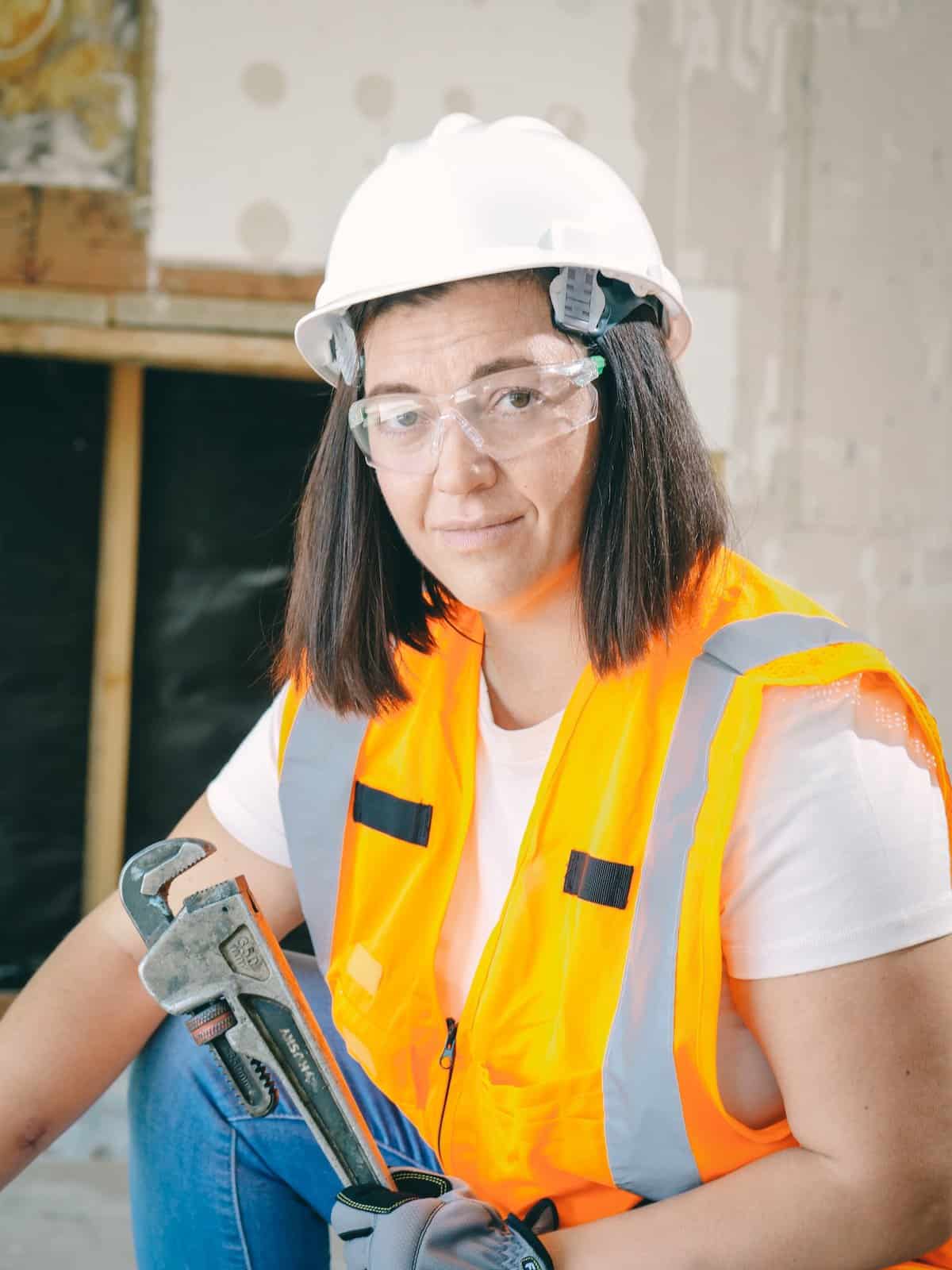Specialist Drain Cleaning Alabaster AL to Maintain Your Water Lines Flowing
Specialist Drain Cleaning Alabaster AL to Maintain Your Water Lines Flowing
Blog Article
A Detailed Guide to Reliable Hot Water Heater Installment for Ideal Performance
Embarking on the job of mounting a hot water heater is a venture that requires accuracy and a methodical method for achieving optimum performance. The process starts with the important decision of selecting the ideal heating unit customized to the details requirements of your home, taking into consideration aspects such as size, type, and power resource. When picked, preparing the setup area to satisfy safety and security requirements is critical. The journey doesn't finish right here. As you continue, the complexities of attaching water system lines and setting up trustworthy electrical or gas links wait for, promising understandings into making sure effectiveness and integrity.
Picking the Right Hot Water Heater

Following, consider the size and capacity of the water heating system. It's important to evaluate your home's warm water needs, which can vary based on the number of passengers and their usage patterns. A system that's as well tiny might bring about not enough warm water, while an oversized model might lead to unnecessary energy intake.
Efficiency scores additionally play a critical function in choice. Search for water heating units with high Energy Factor (EF) ratings, indicating exceptional performance and decreased energy usage. Tankless versions, though generally more expensive ahead of time, deal significant power cost savings in time because of their on-demand heating capabilities.
Preparing the Installment Location
Prior to mounting a brand-new hot water heater, precise prep work of the installation area is vital. This makes sure a smooth setup process and helps prevent future complications (Drain Cleaning Alabaster AL). Begin by choosing an appropriate area that follows local structure codes and security standards. The area needs to be completely dry, well-ventilated, and available for maintenance. It's critical to determine the space very carefully to fit the water heating system's measurements, ensuring ample clearance around the system for reliable procedure and servicing.
Check the floor for security, as the water heater will need a solid, degree surface area to run properly. If essential, mount a drip frying pan underneath the system to capture prospective leaks or spills, avoiding water damage to the surrounding area.
Additionally, guarantee that all necessary tools and products get on hand before commencing the installment. This includes things such as wrenches, screwdrivers, a degree, and any type of extra hardware required for protecting the heater and mounting. A well-prepared installment location establishes the foundation for an effective water heating system configuration, optimizing performance and safety and security.
Connecting Water Lines
When linking supply of water lines to your freshly set up water heater, it is crucial to ensure that all links are safe and leak-free to keep effective procedure and protect against water damages. Begin by recognizing the chilly and hot water lines. The chilly water inlet is usually noted with a blue label or a "C", while the warm water outlet is noted with a red label or an "H".
Use flexible water heating system connectors to assist in an easier installment process. Prior to attaching the ports, position a plumbing's tape around the threaded ends of the water heating unit's inlet and electrical outlet pipelines.
As soon as links remain in place, slowly switch on the primary water shutoff. Inspect each connection for leakages by aesthetically checking and feeling for moisture. Tighten up links as essential, and ensure the pressure relief shutoff is appropriately mounted, guarding versus too much stress accumulation.
Establishing Up Electric or Gas Links
Effectively establishing up the electric or gas connections for your water heating unit is an important step to ensure efficient and risk-free procedure. For electric hot water heater, begin by validating that the electric circuit works with the heating unit's voltage and amperage requirements. Ensure the power supply is shut off at the circuit breaker to avoid crashes. Link the electrical cords to the heating system complying with the producer's wiring layout. Normally, this includes linking the ground cable to the green terminal, and the continuing to be cables to their corresponding terminals, safeguarding each with cable nuts.
For gas water heating units, safety and security is critical. Link the gas line to the water heating system using a versatile gas adapter, ensuring it is correctly threaded and secured with pipeline joint substance or Teflon tape suitable for gas connections.
When links are made, evaluate for any prospective leakages. For gas lines, use a soapy water option to the joints; bubbles show a leak. For electrical connections, verify that all circuitry is safe and secure and properly insulated, preserving conformity with neighborhood electric codes.
Evaluating and Changing for Performance
With the electric and gas click site links firmly in position, the following action is evaluating the functional performance of your hot water heater. Begin by carefully switching on the supply of water and ensuring there are no leaks at any one of the joints or valves. Once confirmed, continue to load the container, taking notice of the stress and temperature level setups. It is a good idea to set the thermostat to a recommended temperature of around 120 ° F(49 ° C) to stabilize power effectiveness and comfort.
Next, perform a detailed click for source inspection to ensure the heating components or burner are working correctly. For electrical heating systems, use a multimeter to confirm if the elements are attracting the suitable existing. In gas designs, observe the burner fire; it ought to be blue and steady, suggesting efficient combustion.
Change the settings as essential to eliminate inadequacies. Think about implementing insulation actions, such as adding a hot water heater blanket, to better improve efficiency by reducing warmth loss. In addition, examine the anode rod's condition, as a shabby pole can minimize efficiency and bring about tank rust.
Conclusion
Effective hot water heater setup is critical for making sure optimum performance and power financial savings. By picking the suitable kind and dimension, and meticulously preparing the setup location, a structure for success is established. Safely attaching water supply lines and thoroughly establishing up electric or gas connections lessen possible concerns. Comprehensive screening for leakages and specific thermostat adjustments to 120 ° F enhance dependability and effectiveness. Complying with these actions advertises lasting performance and power preservation in household water heater.

Effectively establishing up the electrical or gas connections for your water heating unit is a crucial step to guarantee effective and secure procedure. For electrical water heating units, begin by confirming that the electric circuit is suitable with the heating unit's voltage and amperage demands. Link the gas line to the water heating unit utilizing a versatile gas port, ensuring it is correctly threaded and sealed with pipe joint compound or Teflon tape suitable for gas links.
Report this page